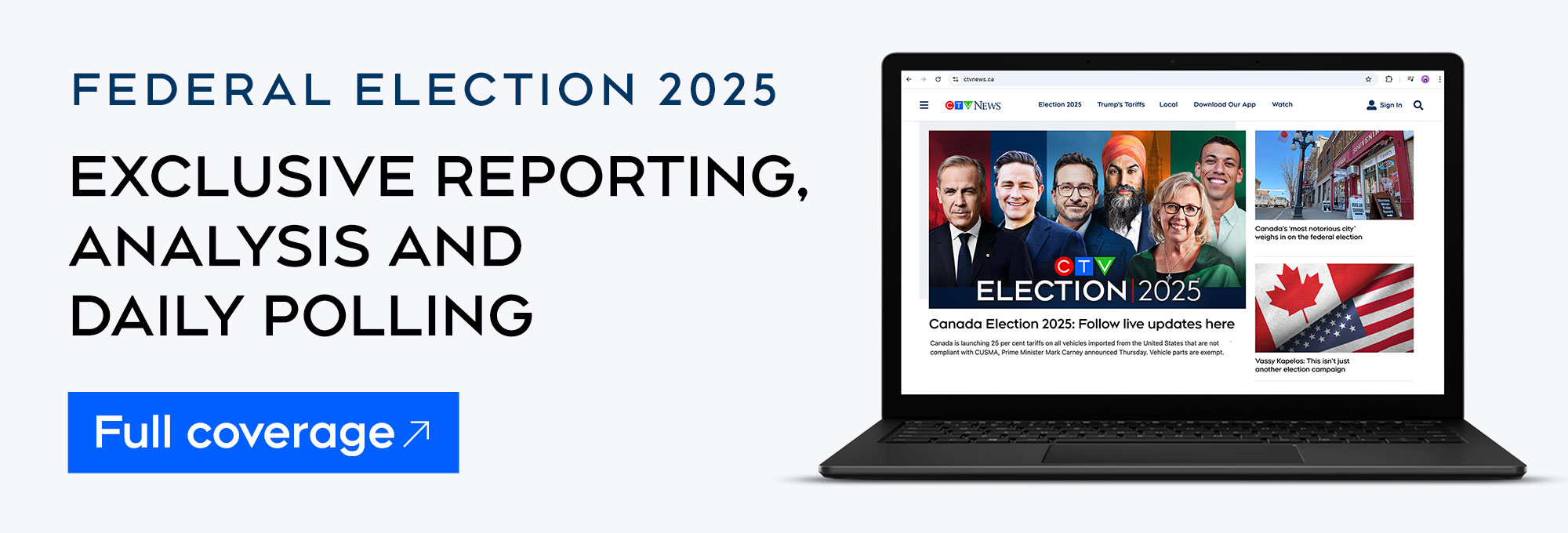Canada will deploy approximately 200 troops to Ukraine to train local forces fighting Russian-backed separatists, the government announced Tuesday.
Canadian Forces members will be deployed “on both a sustained and periodic basis,” depending on the type of training, until the end of March 2017.
Defence Minister Jason Kenney and Chief of Defence Staff Tom Lawson told reporters the Canadian troops will provide military police, flight safety, medical, and explosives training. Along with the United States, Canada will also provide tactics training to the Ukrainian National Guard.
Kenney said this is another step in Canada’s efforts to help Ukraine “maintain their territorial integrity against this illegal and unjustified aggression by Vladimir Putin.”
He stressed that Canadian troops will be “as far removed as possible” from the conflict in eastern Ukraine, and that the risk of engaging in firefights or sustaining casualties is low.
The training will begin this summer and primarily take place at a NATO facility in Yavoriv, a town in western Ukraine close to the Polish border. Kenney said that’s approximately 1,300 kilometres away from the conflict zone.
Some training will take place at the Ukrainian Ministry of Defence Demining Centre in Kamyanets-Podilsky, which is also in western Ukraine.
“Should circumstances become unpredictable,” the Polish border is within easy reach if Canadians need an exit strategy, Kenney said.
Lawson also said there is no intention “to make this an accompany mission” and have Canadian troops follow Ukrainians to the battle zones.
Kenney said the estimated cost of the first year of the training mission is $16 million, with a $3 million contingency. The cost of the second year has not been fully calculated, but will likely be in the same range, he said.
Both the Liberals and NDP have expressed support.
Liberal Leader Justin Trudeau said he supports sending military trainers to Ukraine because it’s the “responsible thing” for Canada to do as part of an international response.
“As a strong friend and ally of Ukraine, we need to make sure that we’re doing what we can to help against the unacceptable Russian actions,” he told reporters at an event in Oakville, Ont.
Trudeau said he feels reassured that Canadian troops will remain far from the conflict zone, but said his party will keep a “close eye” on the Conservative government’s plans for the training mission.
New Democrat MP Hélène Laverdière later told CTV Power Play that the plan “sounds good in principle,” although she would have preferred the topic be debated in the House of Commons “to make sure there is no mission creep,” and “no surprises like we got in Iraq, when the prime minister would say no ground combat and we have in fact seen exchanges of fire.”
Since January of last year, Canada has sent non-lethal military aid and other supplies to Ukrainian troops. It has also participated in NATO exercises on the Black Sea, as well as in the air and on land in Eastern Europe, as part of a reassurance mission.
However, Canada has so far refused to provide lethal equipment to Ukraine. Kenney said Tuesday that Canada can’t “act alone in that respect,” but all options are on the table.
Paul Grod, president of the Ukrainian Canadian Council, told CTV Power Play he welcomed the government’s announcement and was pleased it had been supported by opposition parties.
When asked whether he would have preferred “lethal aid,” he said he was “sure there’s a bit of a difference between what’s being said publicly and what will be happening in reality.”
“I think Ukraine is looking to its allies, Canada and the United States, to really provide it with the defensive military equipment that it needs to defend itself,” he went on.
“They’re dealing against a highly-equipped, highly-trained Russian military with high-tech weaponry that they can’t combat, and that’s the issue here,” he added.
“(The Ukrainian) army really needs the high-tech equipment to defend itself and create significant costs to the Russian military that will defer them from further incursions.”


































































































